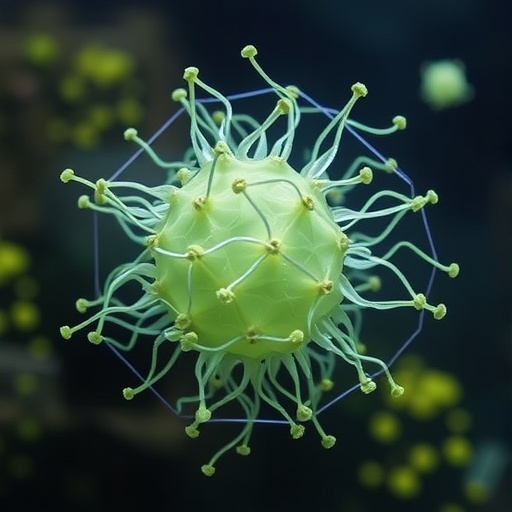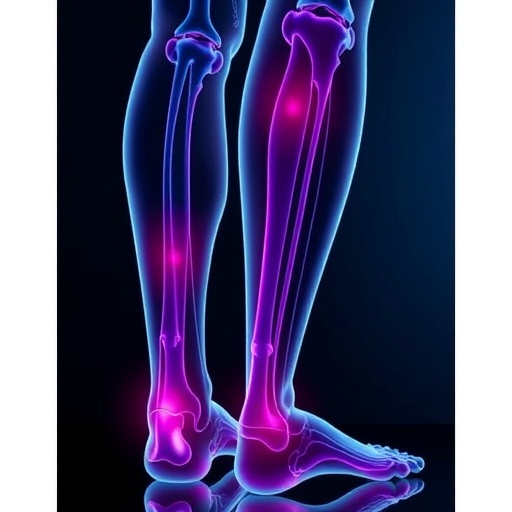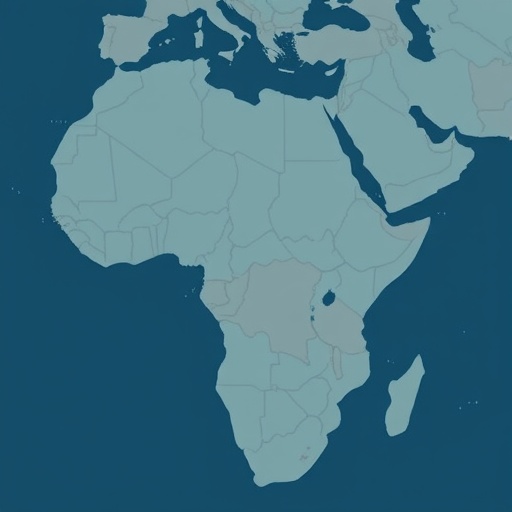In a landmark advance poised to revolutionize the field of environmental biotechnology, scientists have successfully engineered a marine microorganism to tackle some of the most stubborn pollutants plaguing global ecosystems. The research, recently published in Nature, unveils an enhanced strain of Vibrio natriegens that exhibits unprecedented capacity for degrading a complex suite of organic pollutants in saline and industrial wastewater environments. This breakthrough not only ushers in a new era of microbial bioremediation but also confronts critical challenges posed by industrial effluents laden with toxic, mutagenic, and persistent contaminants.
Industrial wastewater discharge, petroleum-related pollution, and pervasive plastic contamination collectively threaten marine biodiversity and human health due to their intricate chemical nature and resistance to natural degradation. Despite the promise of bioremediation—a process leveraging microorganisms to detoxify or remove contaminants—the deployment of microbial solutions has often stumbled over two fundamental obstacles. First, the molecular complexity of many pollutants limits the natural metabolic capabilities of microbes. Second, environmental stressors, including high salinity in marine and industrial wastewater, impede microbial activity and survival. The new study deftly addresses both barriers using sophisticated synthetic biology and genome engineering techniques, strategically reprogramming Vibrio natriegens, an already fast-growing marine bacterium.
At the heart of the innovation lies the insertion and overexpression of the competence master regulator gene tfoX into the chromosome of the Vibrio natriegens Vmax strain. The tfoX gene orchestrates natural genetic transformation, significantly boosting the capacity for DNA uptake and genomic integration. By amplifying this natural competence pathway, the researchers leveraged the bacterium’s own mechanisms to facilitate the systematic incorporation of large, chemically synthesized gene clusters encoding diverse degradation pathways. This genome editing approach circumvents traditional limitations of genetic manipulation, enabling rapid and stable integration of complex metabolic capabilities.
The team synthesized five gene clusters totaling 43 kilobases, each encoding enzymes capable of degrading particular organic contaminants including biphenyl, phenol, naphthalene, dibenzofuran, and toluene. These compounds represent a spectrum of monocyclic to multicyclic aromatic hydrocarbons commonly found in industrial effluents. The gene clusters were first assembled in yeast—a model eukaryote favored for complex DNA assembly—before being sequentially integrated into the Vmax genome using an iterative natural transformation technique. This novel method, referred to as iterative natural transformation based on Vmax with amplified tfoX effect (iNTACT), enabled precise and efficient genomic insertion of multiple large constructs.
The resulting engineered strain demonstrated robust biodegradation ability across the five targeted pollutants, showcasing not only metabolic versatility but also resilience under saline stress conditions representative of real-world industrial wastewater. Notably, the researchers validated bioremediation performance in samples obtained directly from a chlor–alkali plant and a petroleum refinery, environments notorious for their recalcitrant pollution profiles. This practical demonstration underscores the potential for deployment of the engineered strain as a scalable bioremediation tool.
The implications of this study extend well beyond incremental microbial engineering. By harnessing the genetic plasticity of Vibrio natriegens and advancing transformation efficiencies through modulating the tfoX pathway, the work pioneers a generalizable platform to rapidly prototype and implement complex degradation phenotypes in marine bacteria. Such a platform could accelerate the development of tailored solutions to diverse pollution challenges, including emerging contaminants that defy conventional clean-up strategies.
Moreover, exploiting Vibrio natriegens addresses another practical concern—the bacterium’s extraordinarily fast growth rate. The strain’s doubling time, among the shortest recorded for bacteria, enables rapid biomass accumulation and swift pollutant catabolism, enhancing overall efficiency in bioreactors or open environmental settings. This metabolic vigor, combined with engineered functional breadth, optimizes the balance between bioremediation speed and substrate scope.
This synthetic biology milestone also raises exciting possibilities for integrating pollutant degradation with other environmental or industrial applications. For example, coupling engineered Vibrio natriegens with biosensors could enable real-time monitoring of pollution levels while simultaneously effectuating remediation. Likewise, metabolic engineering could further tailor the bacterium’s output towards value-added bioproducts, fostering circular economy models that transform waste streams into resources.
Challenges remain, notably the need to carefully evaluate ecological impacts and biosafety before environmental release. Horizontal gene transfer dynamics, potential off-target effects, and long-term stability must be rigorously assessed. Nonetheless, the modular, chromosome-integrative approach adopted by this study enhances genetic containment relative to plasmid-based systems and provides a strong foundation for developing regulatory frameworks.
The success of assembling and integrating extensive gene clusters highlights the synergy between synthetic biology, molecular microbiology, and environmental engineering. It reflects a broader paradigm where biological design principles are harnessed to solve pressing global sustainability challenges at molecular and ecosystem scales. Future directions could include expanding biodegradation pathways to encompass plastics, pharmaceuticals, or other persistent organic pollutants, while fine-tuning strain performance under diverse environmental conditions.
In sum, this transformative research represents a decisive step toward leveraging engineered marine bacteria for high-impact environmental remediation. By overcoming previous biotechnological hurdles through innovative genetic strategies, the study not only restores hope for combating complex pollution but also paves the way for smart, sustainable stewardship of aquatic ecosystems around the globe.
Subject of Research:
Article Title:
Article References:
Su, C., Cui, H., Wang, W. et al. Bioremediation of complex organic pollutants by engineered Vibrio natriegens.
Nature (2025). https://doi.org/10.1038/s41586-025-08947-7
Image Credits: AI Generated
Tags: bioremediation of industrial wastewaterengineered Vibrio natriegensenhancing microbial activity in saline environmentsgenome engineering for environmental applicationsmarine microorganism pollution cleanupmicrobial solutions for toxic contaminantsovercoming pollution resistance with engineered microbespetroleum pollution degradation techniquesplastic waste bioremediation strategiesrevolutionizing environmental biotechnologysynthetic biology in environmental sciencetackling persistent organic pollutants





